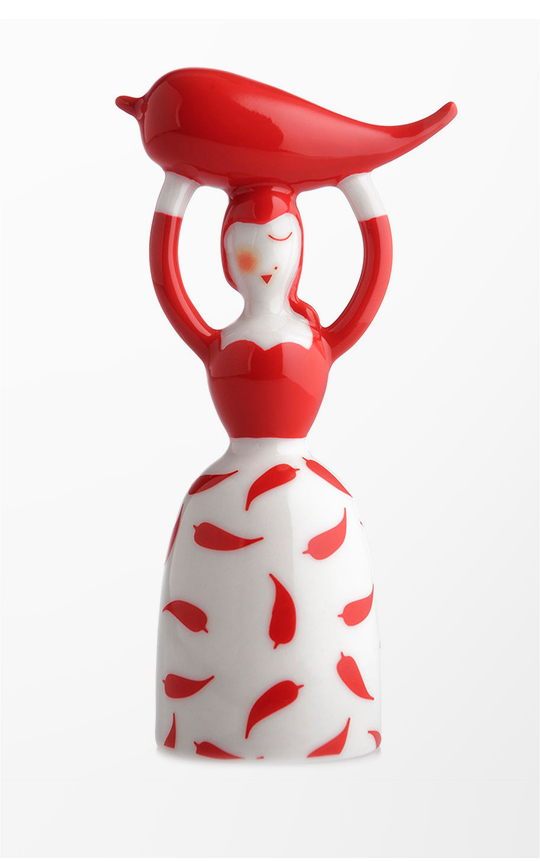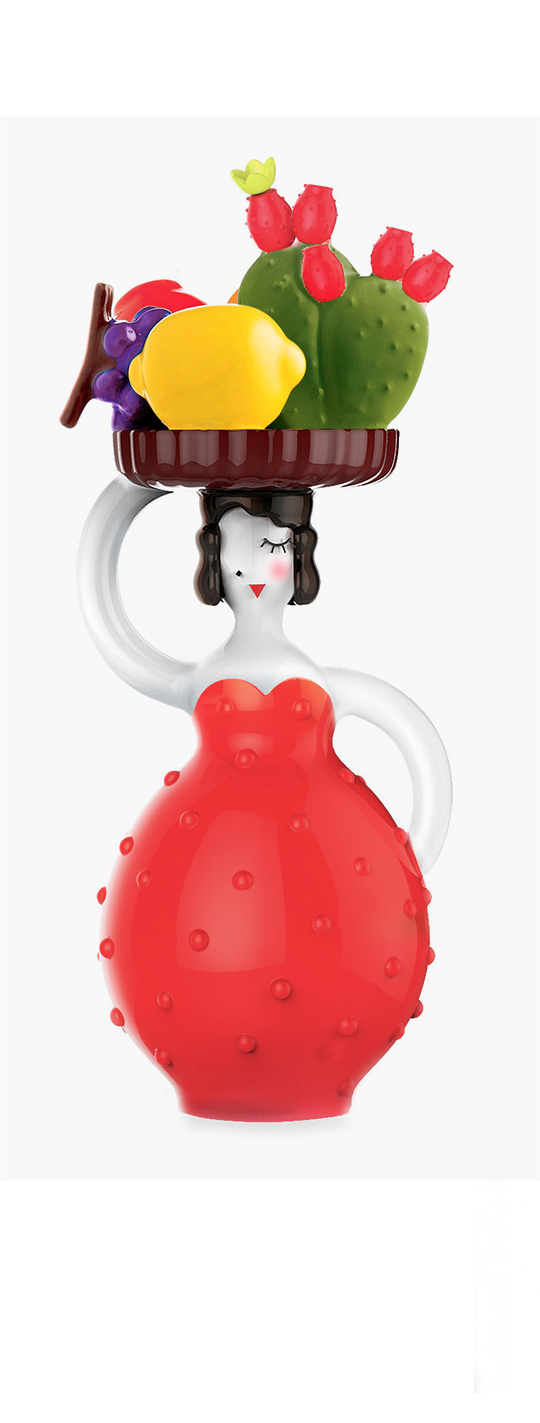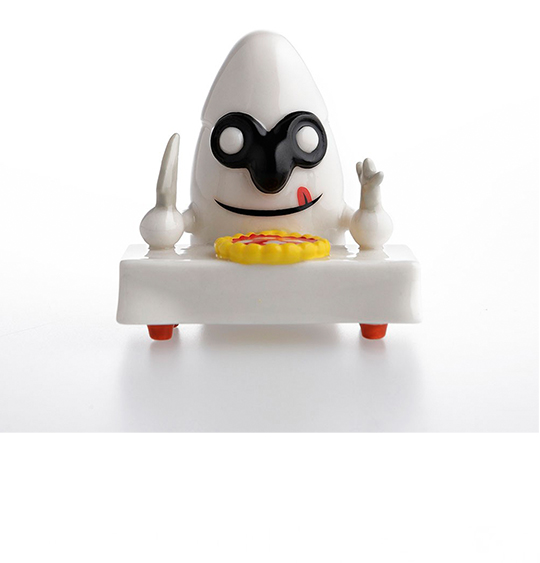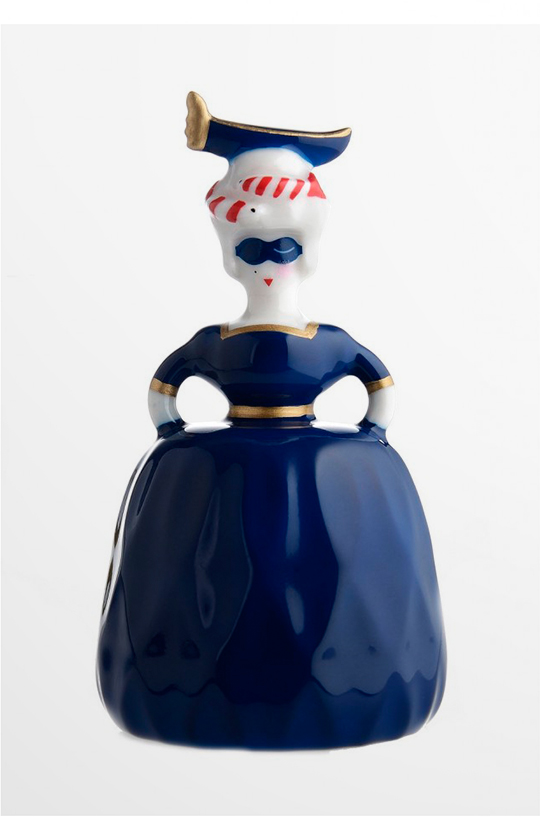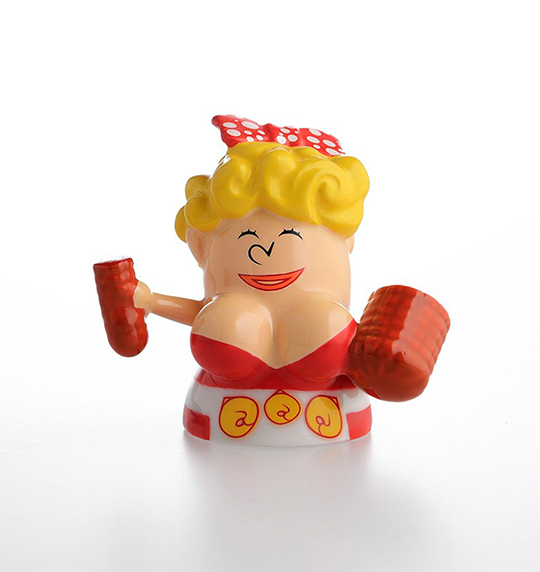Collections
Souvenir d’Italie 2015
"Objects such as containers of cultures, emotions, memories ... not mere products"
In French, souvenir means “memory,” and yet souvenir-objects are often shoddy products, trivial reproductions linked to a kitsch imagery, in its most reductive sense. Representations that are very distant from what a memory should be: something rich, personal, multi-faceted ... a container of emotions, images, sensations related to experiences, in a place.
In re-examining the memory-object I immediately felt it was a stimulating project. It gave me the chance to work on the level of relationships between objects and people, which had always been the focus of my research. Objects such as containers of cultures, emotions, memories ... not mere products, but entities in a “lively” sense and therefore able to enter into a relationship with their owners.
The occasion for this rethinking arrived in 2014 with the Universal Exposition, was planned for the following year in Milan. The Expo gave us the opportunity to think about souvenir-objects to offer those who visited Italy to attend the event.
“Souvenir d’Italie”. Together with Massimo Giacon and Antonio Aricò we began to imagine this new collection. Quickly the idea was developed to do a series of character-objects that concentrated on the symbolic traits and elements of Italian cities and regions. Characters that would be sort of caricatures, with an equally evocative name, as “Calabrisella” and “Rosalie the most beautiful ever” by Antonio Aricò or “Lella Mortadella” by Massimo Giacon.
The two designers came up with numerous characters, each able to embody striking elements of the Italian cities and regions we wanted to represent. In early 2015, the approaching inauguration of the Expo required us to radically speed up development time and, consequently, make a drastic selection of projects that would be go into production. In the following May, we presented a small collection consisting of colored porcelain figurines that inaugurated a new way of interpreting souvenir-objects, without betraying their profound meaning nor their important emotional function.
In francese souvenir significa “ricordo”, eppure gli oggetti-souvenir sono spesso prodotti dozzinali, riproduzioni banali legate a un immaginario kitsch, nella sua espressione più riduttiva. Rappresentazioni decisamente lontane da quello che un ricordo dovrebbe essere: qualcosa di ricco, personale, sfaccettato… un contenitore di emozioni, immagini, sensazioni legate a un’esperienza, a un luogo.
Ripensare l’oggetto-ricordo mi è sembrato subito un progetto stimolante. Mi permetteva di lavorare su quelle dimensioni del rapporto tra oggetti e persone che erano sempre state al centro della mia ricerca. Oggetti come contenitori di culture, emozioni, memorie… non meri prodotti, ma entità in un certo senso “animate” e pertanto capaci di entrare in relazione con chi le possiede.
L’occasione per questo ripensamento arrivò nel 2014, offerta dall’Esposizione Universale prevista per l’anno seguente a Milano. L’Expo ci dava l’opportunità di pensare a degli oggetti-souvenir da proporre a quanti sarebbero giunti in Italia per partecipare all’evento.
“Souvenir d’Italie”. Con Massimo Giacon e Antonio Aricò iniziammo a immaginare questa nuova collezione. Nacque subito l’idea di una serie di oggetti-personaggio che concentrassero tratti ed elementi simbolici delle città o delle regioni italiane. Personaggi un po’ caricaturali, con un nome altrettanto evocativo, come “Calabrisella” e “Rosalia la più bella che ci sia” di Antonio Aricò o “Lella Mortadella” di Massimo Giacon.
I due autori disegnarono moltissimi personaggi, riuscendo a racchiudere in ciascuno gli elementi suggestivi delle regioni e delle città italiane che desideravamo rappresentare. Nei primi mesi del 2015, l’avvicinarsi dell’inaugurazione dell’Expo impose una netta accelerazione dei tempi di sviluppo e, conseguentemente, una drastica selezione dei progetti che avrebbero visto la luce. Nel maggio successivo presentammo una piccola collezione composta da colorate figure di porcellana che inaugurarono un nuovo modo di interpretare l’oggetto-souvenir, senza tradirne il significato profondo né l’importante funzione affettiva.



